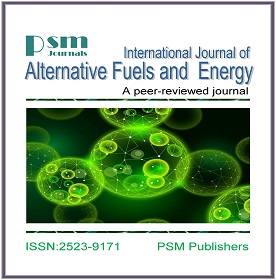Phytoremediation Efficiency of Sunflower (Helianthus annuus) and Bryophyllum (Bryophyllum pinnatum) in Removing Heavy Metals from Polluted Soil
Keywords:
Sunflower (Helianthus annuus), Bryophyllum (Bryophyllum pinnatum), Atomic Absorption Spectrophotometer, heavy metal accumulation.Abstract
In the present study two plants, Sunflower (Helianthus annuus) and Bryophyllum (Bryophyllum pinnatum) were used to accumulate the heavy metals (Cu, Cr, Ni, Zn, Fe, Pb) from the soil. The industrial wastewater was taken from the Hudiara drain, Lahore. Pre-analysis of water and soil was conducted. Both plants were grown in pots with treatments T1, T2, T3, T4, T5, TC to which wastewater was applied in different concentrations. Two samples of the vegetative parts of plants in 30 days interval were taken in three replicates. Diacid Method (HClO4: HNO3 1:3) was used for the digestion of the plant samples. Then heavy metals (Pb, Ni, Cr, Zn, Fe, and Cu) were analyzed by Atomic Absorption Spectrophotometer (AAS) Model Hitachi Z 8230. The post-analysis of soil samples was also conducted for heavy metals. The results were further statistically analyzed by General linear model using SPSS version 16. The results showed that both the plants Sunflower (Helianthus annuus) and Bryophyllum (Bryophyllum pinnatum) were effective in heavy metal accumulation from the contaminated soil. Sunflower (Helianthus annuus) was effective in accumulating Pb, Cu, and Cr. Bryophyllum (Bryophyllum pinnatum) accumulated Ni and Cr in higher concentration. Fe and Zn accumulated in the higher amount by both the plants. So, both plants showed higher potential for phytoremediation.







